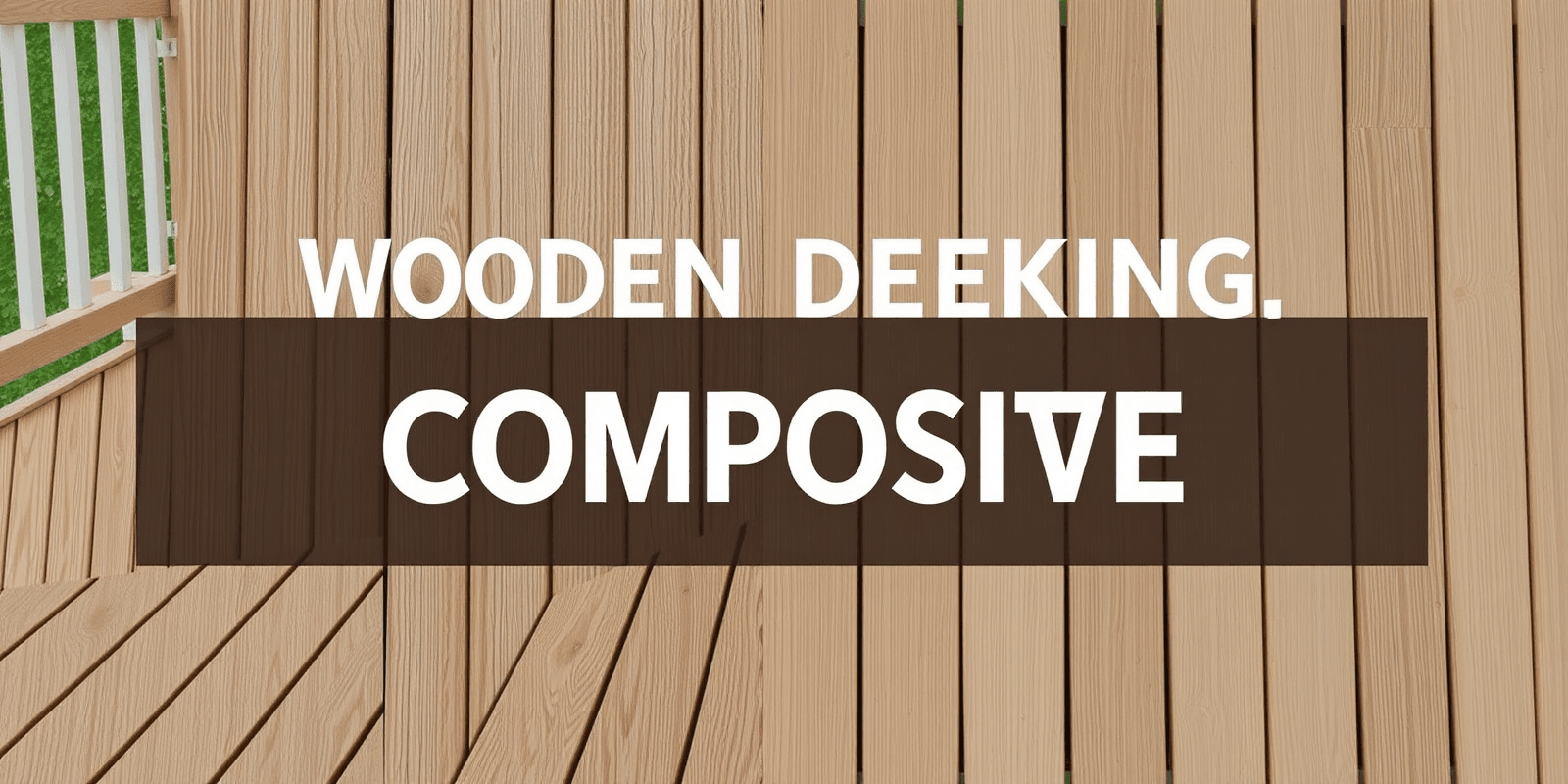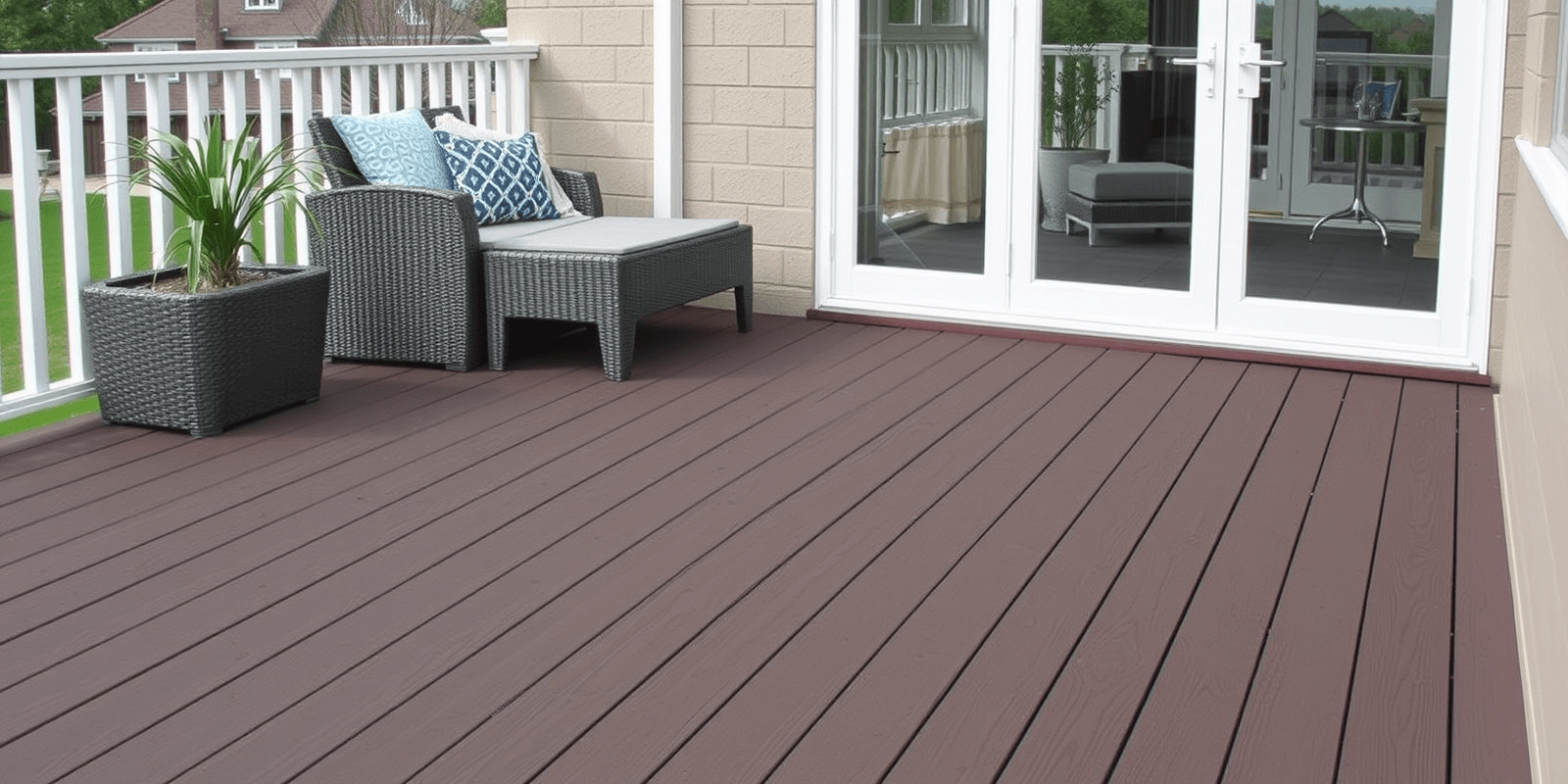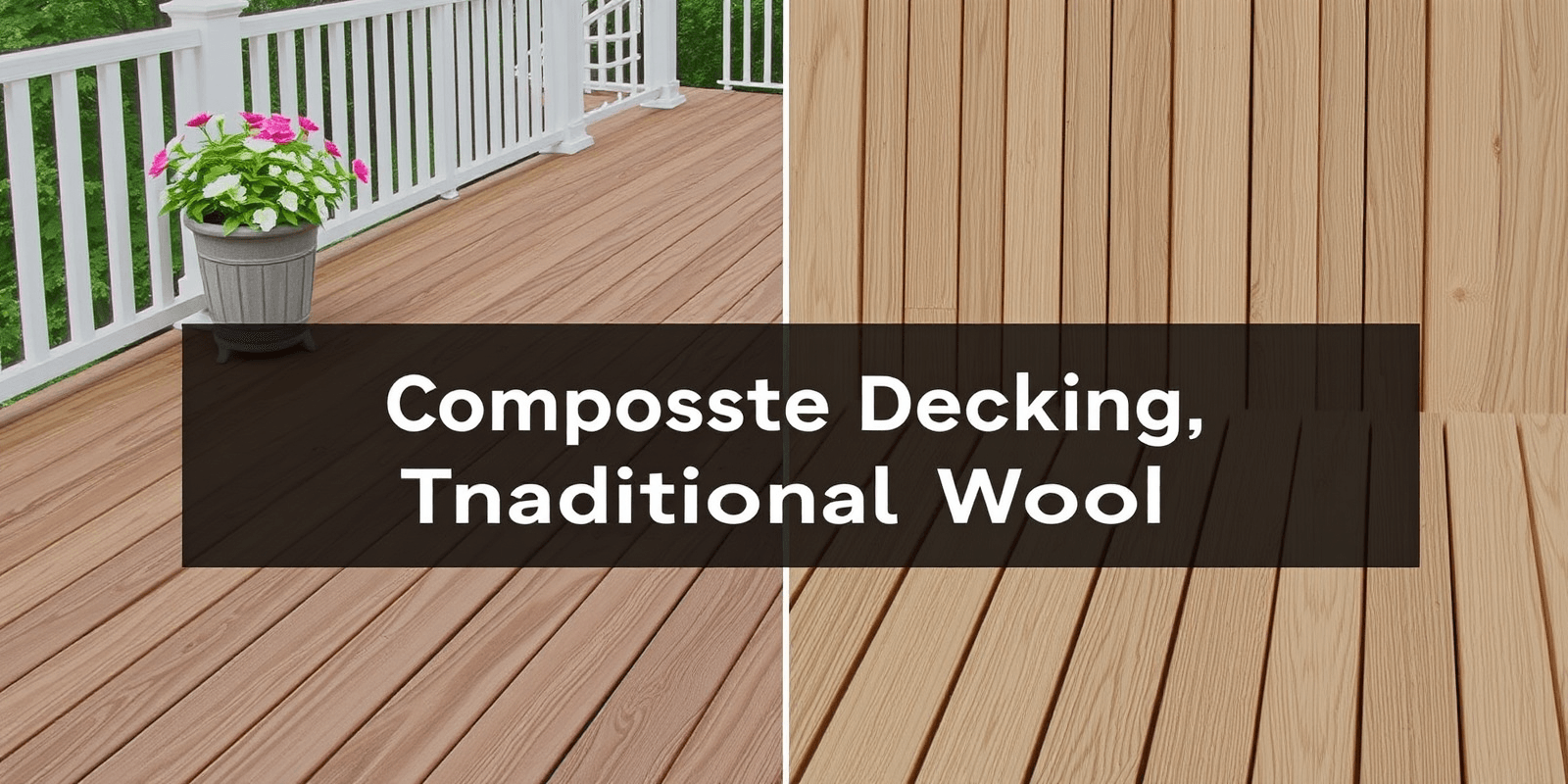“`html
Wooden Decking vs Composite: A Comprehensive Guide
Introduction
When it comes to creating an outdoor living space, choosing the right decking material is crucial. Wooden decking and composite decking are two popular options that offer distinct advantages and disadvantages. This guide will provide a detailed comparison of wooden and composite decking, covering aspects such as installation processes, expected lifespan, environmental sustainability, and customization options. By understanding these factors, you can make an informed decision that complements your architectural style and outdoor design.
Installation Processes
The installation process for both materials can vary depending on the specific product and contractor. However, wooden decking generally requires more frequent maintenance, such as sealing and staining, to prevent weather damage and extend its lifespan. Composite decking, on the other hand, is typically easier to install because it does not require the same level of ongoing maintenance. It is also less likely to warp or rot over time, making it a more durable option.
Expected Lifespan
Wooden decking typically has a lifespan of 10 to 15 years before significant deterioration occurs. Regular maintenance, such as sealing and staining, can help extend this lifespan. Composite decking, however, can last up to 25 to 30 years with minimal maintenance. Its resistance to moisture, insects, and rot makes it a long-lasting choice for outdoor spaces.
Environmental Sustainability
From an environmental perspective, both materials have their pros and cons. Wooden decking made from sustainably sourced wood can be a more eco-friendly option, as it is biodegradable and renewable. However, the production and transportation of composite decking often have a lower carbon footprint due to its longer lifespan and reduced need for maintenance. Additionally, many composite decking products are made from recycled materials, reducing waste in landfills.
Customization Options
Wooden decking offers a wide range of customization options, including various species of wood, stains, and finishes. This allows homeowners to create a unique aesthetic that complements their architectural style. Composite decking also provides a variety of color and texture options, although the selection may be more limited compared to wooden decking. Some composite decking products even mimic the appearance of natural wood, providing a seamless blend with traditional aesthetics.
Complementing Architectural Styles
Both wooden and composite decking can complement different architectural styles and outdoor designs. Wooden decking works well with traditional and rustic styles, adding warmth and character to the space. Composite decking, with its modern appearance and low-maintenance properties, is ideal for contemporary and minimalist designs. Ultimately, the choice between wooden and composite decking depends on your personal preferences, budget, and long-term goals for your outdoor living space.
“`



